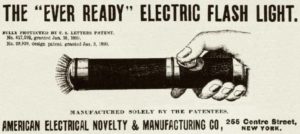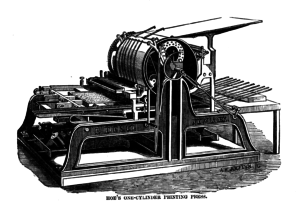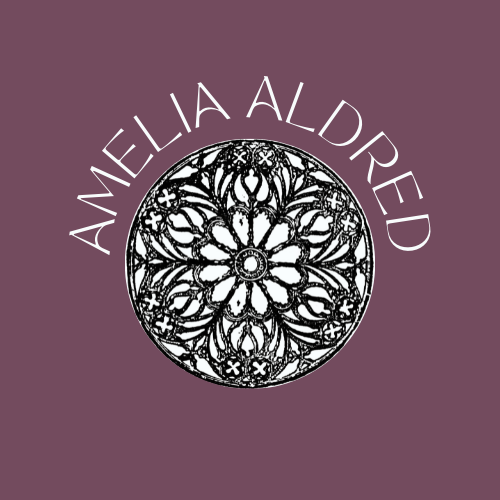Happy summer everyone! I’ve been writing a lot of historical fiction recently and there are certain language issues that are unique to the genre. Here are three problems I’ve wrestled with over the past few years and some of the ways I approach them.
Language that is Period-Appropriate, but Sounds Anachronistic:

I researched terms for flashlight, hoping there would be an antiquated term I could use to reduce the anachronistic feeling–but flashlights have been called flashlights since they were developed in the late 1890s. In fact, the name comes from the fact that early versions weren’t very strong or steady and could only produce a brief flash of light. The term “electric torch” feels old-fashioned, but that term is common to the UK, not the US where the story was set. One reader suggested using a brand name that sounded sufficiently old-timey–but to my frustration, the most popular brand of flashlights during that period was EverReady, which is still one of the most well-known brands today. Apparently, EverReady has been manufacturing flashlights under that brand name since 1905, without any regard for the needs of hard-working historical fiction writers.
In the end, I decided to go the opposite direction; rather than trying to make the item blend into the period, I highlighted the novelty of the item, even though flashlights wouldn’t have been that novel by 1924 for an upper-class child. The final version read, “Her room was dark even when she opened the curtains to let the moonlight in and turned on her new electric flashlight.” Calling the item “new” and specifying that it was “electric” made the item seem special and unusual, so while the term “flashlight” still felt modern, there was an explanation for its modernity in the text –she has a new-fangled toy!–and readers felt less jarred by the term.
Oppressive Language Commonly Used in the Past
I use the term “oppressive language” to cover both language used to actively oppress people, such as racial slurs, and language that was considered respectful in the past, but is now considered hurtful and demeaning by the people to which it refers.
I have heard the argument in favor of using oppressive language in historical fiction because it is realistic, but this is an over-simplified approach. And as artists, we choose how to interpret, highlight, and display reality; stating “I do it because it is real” denies the artist’s agency. It is more likely that “I do it because it is real” is followed by another value and desire such as “…and I want to show the brutality of the past so we don’t forget it” or “…and I want to express myself at all costs” or “…and I want to get attention because I value attention” or “…and I share those viewpoints and I want to express them through my characters” and so on. Whenever I find myself making the argument (about anything, not just oppressive language) that I am writing something in a particular way “because it is real” I ask myself what the second part of that sentence is. What value and desires are driving the car right now? What values do I want to be driving the car? And what are the clearest ways to express those values in my writing?
For example, in a story I wrote a few years ago, the protagonist is a young Black journalist

- I wanted to show my characters to be complex, rounded, and exert agency.
- I wanted to be truthful to the racism of the past, because I believe that covering up our country’s racist past perpetuates current racism.
- I wanted to show my characters as affected by racism, but not solely defined by their oppression
- I wanted to minimize trauma to people most affected by racism today. I don’t believe there is a way to write about oppression that doesn’t run the risk of traumatizing readers because the nature of oppression is that it is traumatic and the nature of trauma is that triggers are individual–but there is a spectrum of likelihood of pain and I wanted this story to fall on the “far less likely” end of the spectrum.
With these principles in mind, I did a lot of research on how the most common terms for Black folks in 1890 ( including “colored” and “Black” and “Afro-American”) were used by Black people themselves in that era and what the political and social context was for each (good article on that here). I asked several other writers, including Black writers, to workshop the piece and weigh in on language. I read a lot of writing by Black writers and social scientists of the 1890s-1930s and contemporary Black writers who have published fiction set in that era. I thought about how that character would feel about the term and how he would want to talk about himself. And I tried to be very, very mindful of blind spots I have as a white writer living in 2018.
In addition to the oversimplified “realism” argument, I have also heard writers and readers frame decisions about oppressive language as if either you must either use it frequently and graphically or not at all. Oppressive language is a form of violence and there are many, many ways to tell stories that engage with violence. You can describe violence in graphic detail, you can refer to it abstractly; you can focus on the experience of the person enacting the violence, you can focus on the experience of the one who is being hurt, you can focus on the experience of an observer, you can focus on all three experiences; you can describe the consequences, but the not the actions, you can describe the actions but not the consequences etc. etc. The choice isn’t between describing violence in graphic detail or not engaging with it at all –and it’s the same for oppressive language.
For example, I could write a character in 1700 who hears the word, “bitch” hurled at her on every page. I could have it happen once. I could write, “The shopkeeper was staring at Nancy and Rosie and as he passed he hissed an ugly word at them. Nancy felt a jolt of anger and fear.” I could use an antiquated term that would have a similar impact on the character as “bitch” in 1700 but doesn’t have the same impact on a reader today, such as “trollop” or “slattern.” All of these examples engage with oppressive language but do so in very different ways.
Common Terms of the Past that are Now Anachronistic
This is the opposite of the flashlight problem. Sometimes a term used for a common item, say a household appliance, has completely fallen out of use and your readers won’t be familiar with the term.
Like the problem of oppressive language, it’s important to review your goals as a writer. I love learning new terms, especially obscure historical words. But as a writer, I also want my work being intelligible and I want to be judicious about demands on my reader. I’d rather my readers follow a plot or wrestle with a new take on history than look up a word in a specialized dictionary. If the obscure term is really important to the story (for example, a mathematical instrument being used to solve a problem that is key to the plotline), then I try to reduce the work that a reader has to do by using context clues, or I find a reason for the character define the term for another character (does the mathematician explain to their doctor friend what the item is?).

And on that note, I’m going to put down my keyboard, typewriter, quill, stylus writing implement and enjoy some sunshine in the park.
